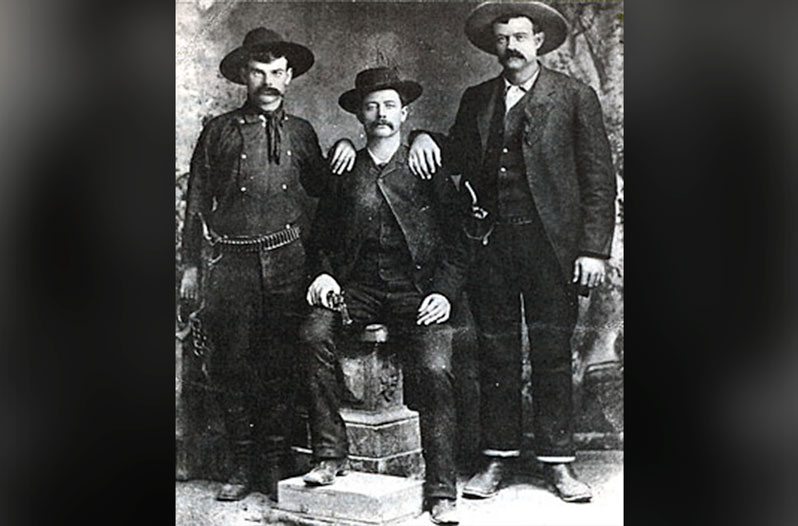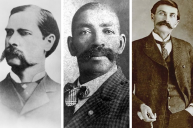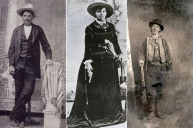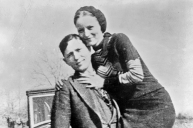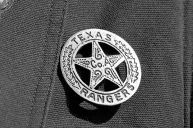8. Jim Miller 1866-1909
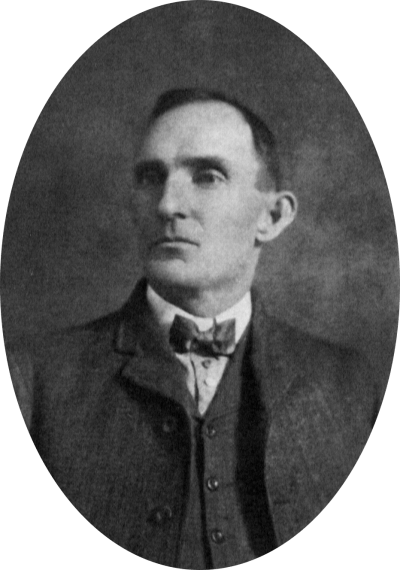
Jim Miller
Perhaps the most baffling Texas outlaw was James Brown Miller, known as both "Killer Miller" and "Deacon Jim". Miller regularly attended the Methodist church, and neither smoke nor drank. The teachings of the church must have fallen short for Miller since he was a known assassin and had been arrested for murder several times, including for the murder of his grandparents and his brother in law. For protection, Miller always wore a large black coat with an iron plate sewn into the breast.
Miller served as the Marshall of Pecos, Texas, as well as a Texas Ranger. He didn't earn those titles by being a repentant man who changed his ways, but rather by being a scheming man who realized that obscuring his past could get him into positions of influence.
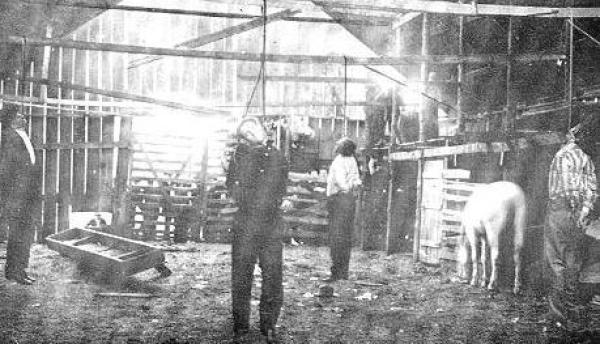
Jim Miller (Far left) after having been hanged by a lynch mob.
The man who lives by the sword dies by the sword, however, and in 1909, Jim "Killer" Miller was lynched by an angry mob who were fearful that he would evade justice for the murder of Gus Bobbitt, an Oklahoma rancher and former Deputy U.S. Marshal. Witnesses to the hanging said Miller shouted "Let 'er rip!" and jumped off his hanging platform voluntarily.
7. John Selman 1839-1896
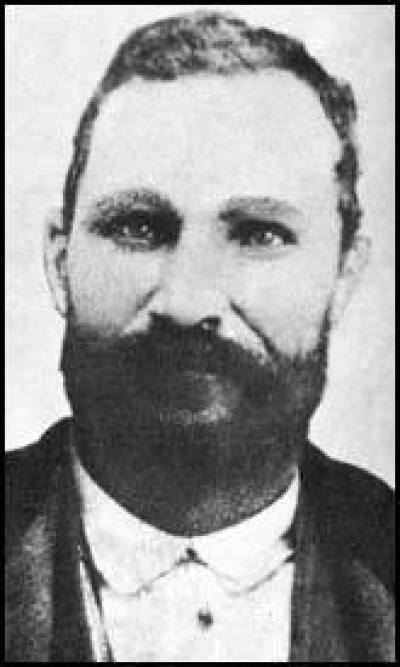
John Selman
Another man blurring the lines between good and evil was John Selman, who during his lifetime was tried for murder, theft and desertion of the Confederate army. Despite his wrongdoings, he later attained the position of Constable in El Paso.
During the Lincoln County War, Selman headed a group of vigilantes known as "Selman's Scouts", who were implicated in numerous reports of looting and rape. Because of the acrimonious nature of the conflicts taking place in the Reconstruction-era west, charges of heroism and villainy were both equally suspect. What is not disputed, however, is the fact that Selman shot a well-known outlaw in the back, killing him, and was subsequently tried for his murder (this was the second time he was tried for murder).
Like any outlaw worth his salt, John Selman's days ended after being shot in a gunfight with U.S. Marshal George Scarborough over a card game.
6. John Wesley Hardin 1853-1895
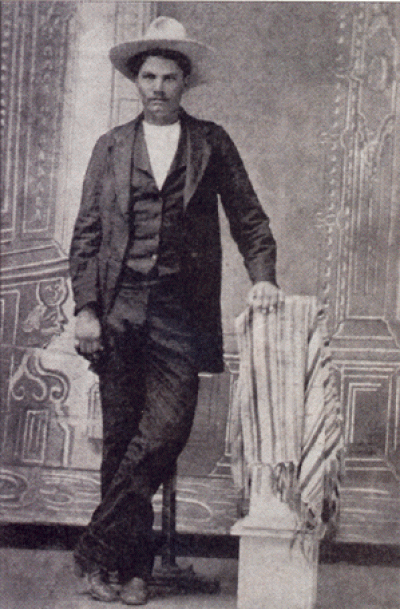
John Wesley Hardin
For a man named after a famous Methodist minister, John Wesley Hardin left a lot to be desired for living up to his name. The son of a preacher himself, Hardin was the second son of 10 children. Hardin first became a fugitive at the age of 15, after killing a man he had previously bested in a wrestling match. In the years that followed, Hardin was captured by the Texas state police and subsequently escaped. He created an alias, befriended Wild Bill Hickok and killed several more men, one of whom was shot for snoring (purportedly accidentally).
Hardin's role in the Sutton-Taylor feud made him the target of a lynch mob after killing two Texas lawmen. Hardin escaped the angry mob only to be captured by the Texas state police once more, convicted of murder and imprisoned for 17 years.
Once Hardin served his time, he took the state bar exam and became a lawyer. He moved to El Paso where he eventually met his fate in the form of John Selman, who shot him in the back following an argument over the arrest of one of Hardin's friends.
5. Sam Bass 1851-1878
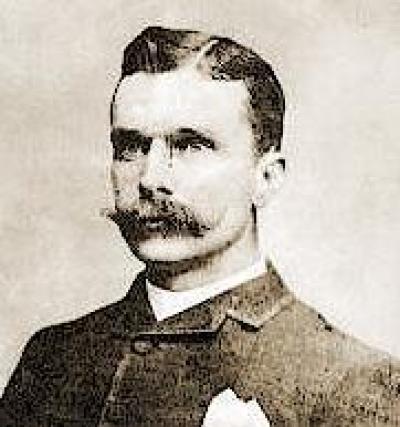
Sam Bass
Though he's probably one of Texas's most famous outlaws, Sam Bass is widely regarded to have been a rather inept criminal. Bass's one and only big haul was in September of 1877 when he and his gang netted $60,000 in gold from robbing the Union Pacific Railroad gold train out of San Francisco.
Bass died in a Round Rock shootout with the Texas Rangers and Williamson County Sheriff's Department. Deputy A.W. Grimes was shot and killed in the melee. As Bass fled he was shot by Texas Rangers George Herold and Richard Ware.
At the time of his death, Bass was only 27 years old. He claimed only to have ever killed one man.
SEE ALSO: 10 Most Haunted Places in the Texas Hill Country
4. Emmanuel "Mannen" Clements 1845-1887
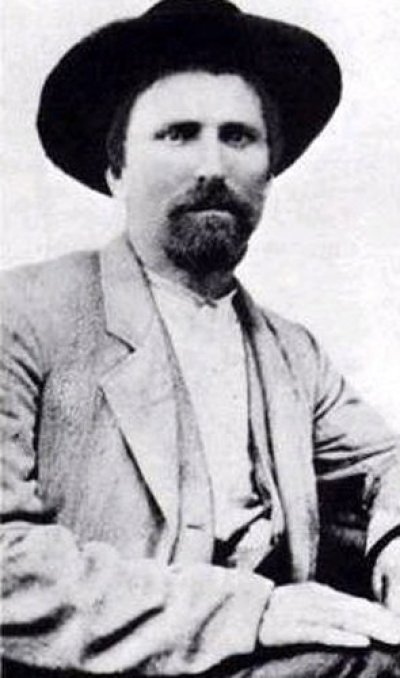
Emmanuel Clements
Though he was never as well-known in the newspapers as Sam Bass — the head of the brutally infamous Clements family — Emmanuel "Mannen" Clements was the linchpin in the small world of Texas outlaws. Not only was he the cousin of John Wesley Hardin, he was the father-in-law of Jim "Killer" Miller.
Clements was a cattle rustler and a ruthless gunslinger known to have killed a pair of brothers for challenging his authority on a cattle drive, but that didn't stop him from running for Sheriff of Runnels County in 1877, an election he lost. He died in 1887 at the hands of Joseph Townsend, the city Marshal of Ballinger.
3. King Fisher 1854-1884
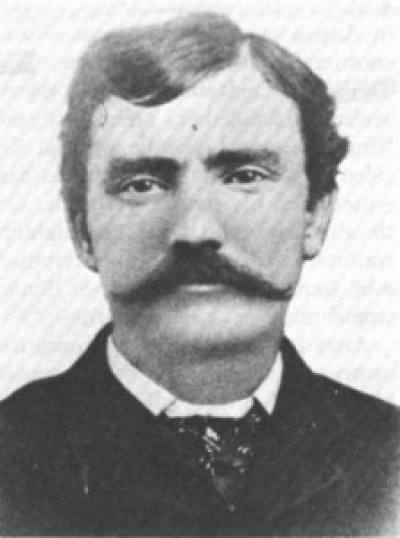
King Fisher
As a young man, King Fisher spent time in prison for horse theft. After being released, he began work as a cowboy breaking horses. It wasn't long before Fisher started running with a posse, sending raids into Mexico to rob and loot. After an altercation, Fisher killed three of his compatriots and assumed leadership of the gang.
Although he was a well-known cattle rustler and bandit, Fisher was popular in South Texas because he carried out most of his raids across the border in Mexico. In 1884, Fisher was murdered in San Antonio when he was ambushed in a theatre, along with Austin city Marshal Ben Thompson. The assailants were doling out what they saw as retribution for the death of a friend, who had previously been killed by Thompson.
2. The Newton Gang (active from 1919-1924)
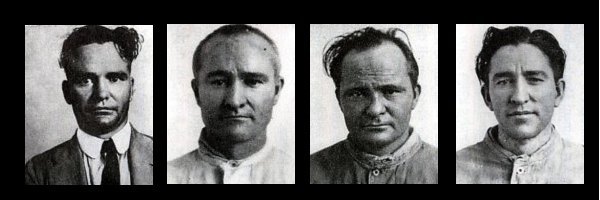
The Newton Brothers, (from left to right) Doc, Willis, Jess and Joe
Touted as the most successful train and bank robbers in U.S. history, the Newton gang were comprised of Willis, Doc, Joe and Jess Newton, four sons of cotton farmers from southwest Texas. The defacto leader of the gang, Willis, claimed they had robbed 87 banks and 6 trains, and pulled off more heists than the Dalton Gang, Butch Cassidy's Wild Bunch and the James-Younger Gang combined, all without killing anyone.
Along with safecracker Brent Glasscock, the Newton Boys (as they came to be known) pulled off most of their robberies at night in unoccupied banks. Their stealth operations allowed them to continue unabated for five years before being caught for robbing a postal train out of Chicago. The brothers all served time for the crime and then went back to Texas after being released from prison.
The Newton gang lived long enough to tell their tale, which was later adapted for a movie. The youngest Newton brother, Joe, lived out a long life in Uvalde, dying in 1989 at the age of 88.
1. Bonnie & Clyde (Active from 1932-1934)
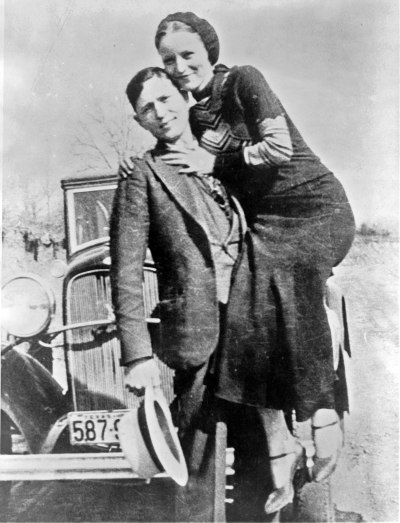
Bonnie and Clyde
The now legendary couple were the public face of the Barrow Gang, who, led by Clyde Barrow, terrorized Texas and the central United States for two years. Clyde Barrow was from a dirt poor family and began getting into scrapes with the law early on. He had several arrests on his record in his teens, and by the age of 21 he was serving prison time.
Bonnie Parker was much more of a normal Texas girl who enjoyed photography and writing poetry. She fell in love with Clyde Barrow after a failed teenage marriage brought her back to her hometown of Dallas.
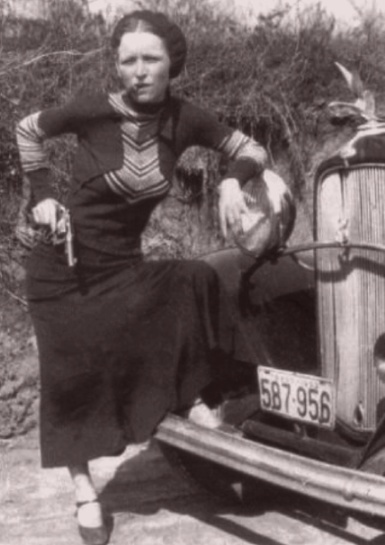
Bonnie Parker
After the gang's now notorious escape from their Joplin, Missouri hideout, several rolls of film yielded pictures of the young adults holding guns and smoking cigars. Although she became famous for these images, modern historians postulate that Bonnie Parker had most likely not participated in any of the killings for which the gang became famous.
After a shootout with authorities in Louisiana in May of 1934, the couple were slain and left to be immortalized by Hollywood. Clyde was 25 and Bonnie 23.
